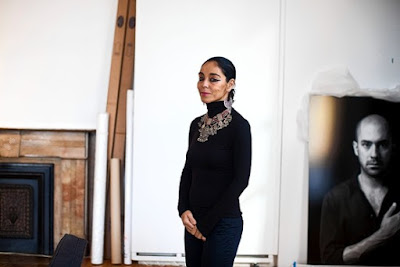Iranian poet H.E. Sayeh (né Houshang Ebtehaj) was born February 25, 1928 in Rasht, Iran. Unlike many other literary figures during Shah Reza Pahlavi's reign, Sayeh refrained from being involved in politics and left-leaning activities, while staying true to his social and political consciousness. However, after the 1979 Iranian revolution, he did not refrain from expressing the deep sorrow felt by a nation whose social revolution was kidnapped by an Islamic and repressive regime. He was arrested in 1981 and spent a year in jail. Many other poets in his circle were also imprisoned and some were executed. In "Black and White", a poem he wrote in 1991, Sayeh laments:
I don't know who sold our loyalty
What he earned or bought with the money
But I see that black hand above the bar
Pouring poison in the people's wine
In 1987, he moved to Germany.
A slim volume of his selected poems is being published in English translation in November 2011 under the title The Art of Stepping through Time.
***
The Art of Stepping Through Time
by H. E. Sayeh
translated by Chad Sweeney and Mojdeh Marashi
The world does not begin or end today
Sad and happy hide behind one curtain
If you're on the path don't despair of the distance
Arrival is the art of stepping through time
A seasoned traveler on the road to love's door
Your blood leaves its mark on every step
Still water soon sinks into the earth
But the river rolling grows into a sea
Let's hope that
one reaches the target
So many arrows have flown from this old bow
Time taught me to fall out of love with your face
That's why these tears are tinted with blood
Pity this long game of decades
Plays the human heart as a toy
A caravan of tulips crossing this meadow
Was crushed under-hoof by the riders of autumn
The day that sets spring's breath in motion
Will birth flowers and grasses from shore to shore
Mountain, you heard my cry today
The pain in this chest was born with the world
All praised brotherhood but did not live it
God, how many miles from tongue to hand?
Blood trickles my eyes in this corner of enduring
The patience I practice is squeezing my life
Come on, Sayeh, don't swerve from the path
A jewel is buried beneath every step


























